Table of Contents
Have you ever wondered about the fate of animals that have gone extinct and the stories they leave behind? Delve into the annals of history with us as we explore the somber reality of species lost to time. In this article, we’ll journey through the past century to uncover the tragic tales of seven magnificent creatures that have vanished from our planet, leaving behind only memories and lessons for future generations.
From the Tasmanian Tiger to the Caribbean Monk Seal, each extinction serves as a stark reminder of the delicate balance of life on Earth and the urgent need for conservation efforts to protect vulnerable species. Join us as we pay homage to these lost wonders of the natural world and contemplate the impact of human activities on the rich tapestry of life that surrounds us.

Tasmanian Tiger (Thylacine)
The Tasmanian Tiger, or Thylacine, was a carnivorous marsupial native to Tasmania, Australia, and New Guinea. With its unique appearance resembling a large dog with tiger-like stripes, the Thylacine was once widespread across Australia. However, relentless hunting and habitat destruction drove this enigmatic creature to extinction. The last known Thylacine died in captivity in 1936, marking the end of a species that prowled the Australian wilderness for thousands of years.
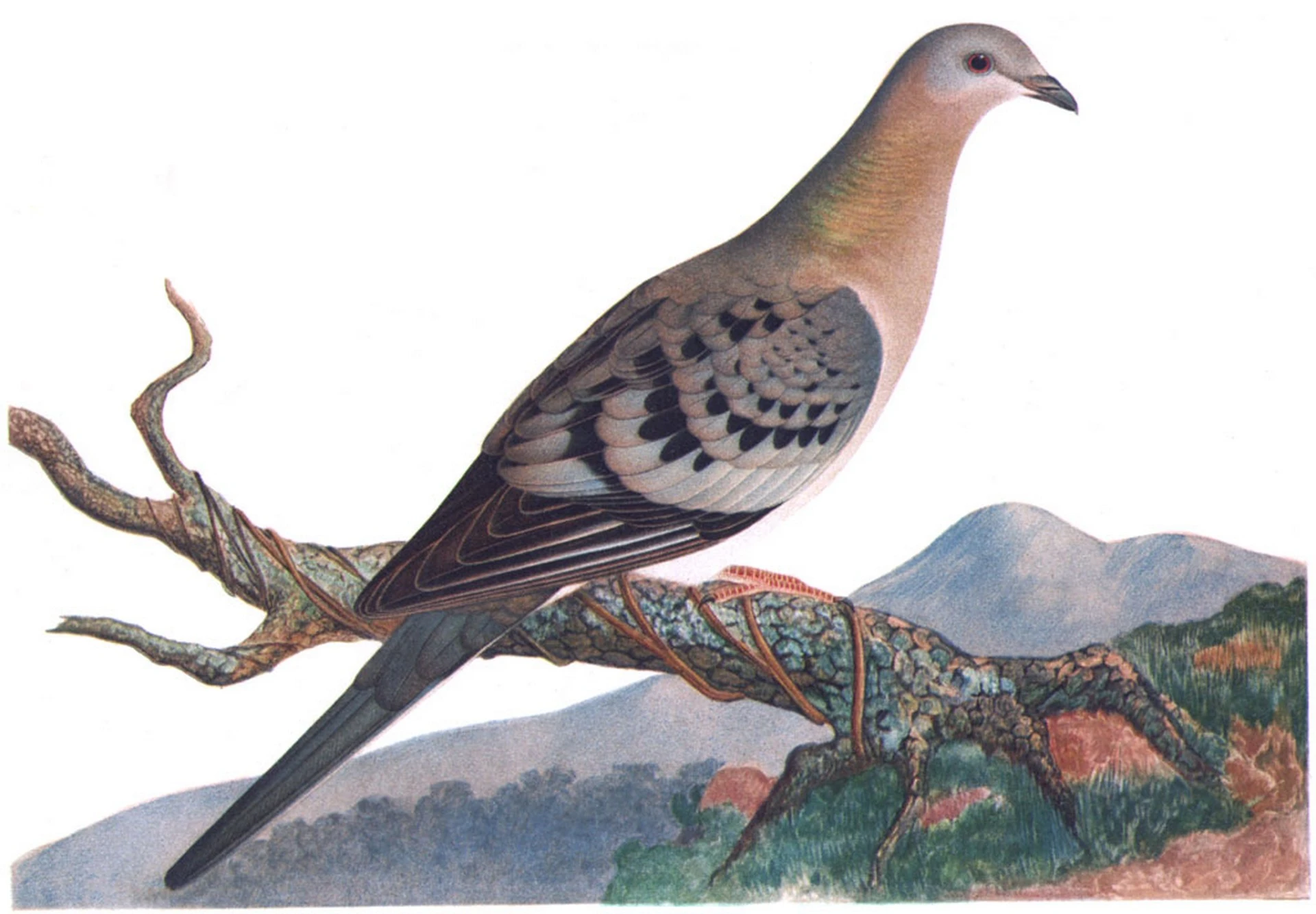
Passenger Pigeon
Once the most abundant bird species in North America, the Passenger Pigeon suffered a catastrophic decline in the 19th century due to overhunting and habitat loss. Flocks that once darkened the skies with millions of birds became a distant memory. Despite conservation efforts, the last known Passenger Pigeon, named Martha, died in captivity at the Cincinnati Zoo in 1914, signaling the extinction of a species that once shaped the ecological landscape of North America.
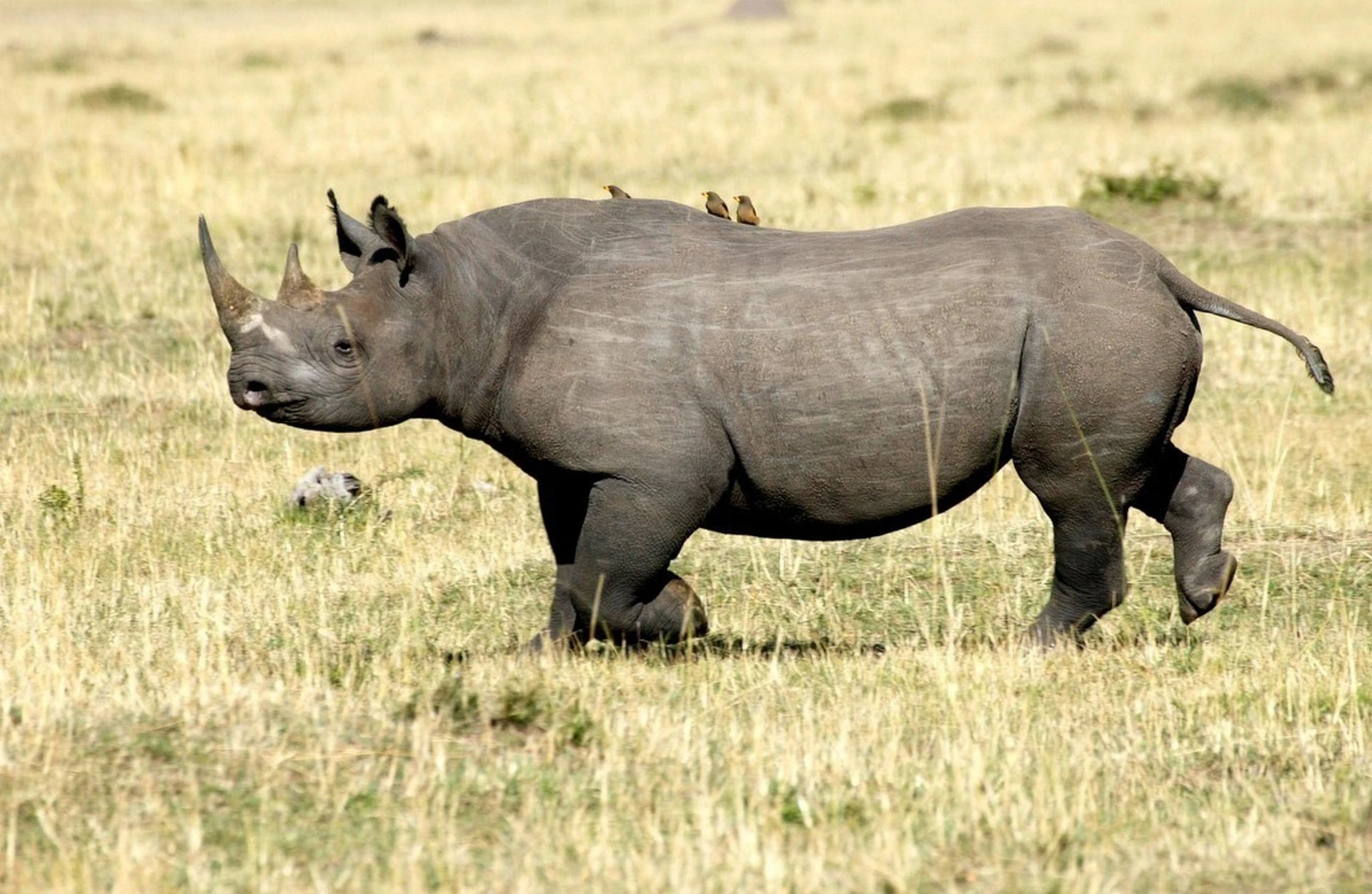
Western Black Rhinoceros
The Western Black Rhinoceros, a subspecies of the Black Rhinoceros, was declared extinct in 2011. Native to sub-Saharan Africa, this majestic creature fell victim to poaching fueled by the demand for its horn, which is erroneously believed to possess medicinal properties. Despite conservation efforts, relentless hunting pushed the Western Black Rhinoceros beyond the brink of survival, serving as a stark reminder of the devastating impact of human greed on vulnerable species.

Pyrenean Ibex
The Pyrenean Ibex, also known as the bucardo, was a species of wild goat native to the Pyrenees mountain range between France and Spain. Hunted relentlessly for its meat and fur, the Pyrenean Ibex faced a rapid decline in population during the 20th century. Despite conservation efforts, including cloning attempts, the last known Pyrenean Ibex died in 2000, making it the first species to become extinct twice due to cloning experiments.
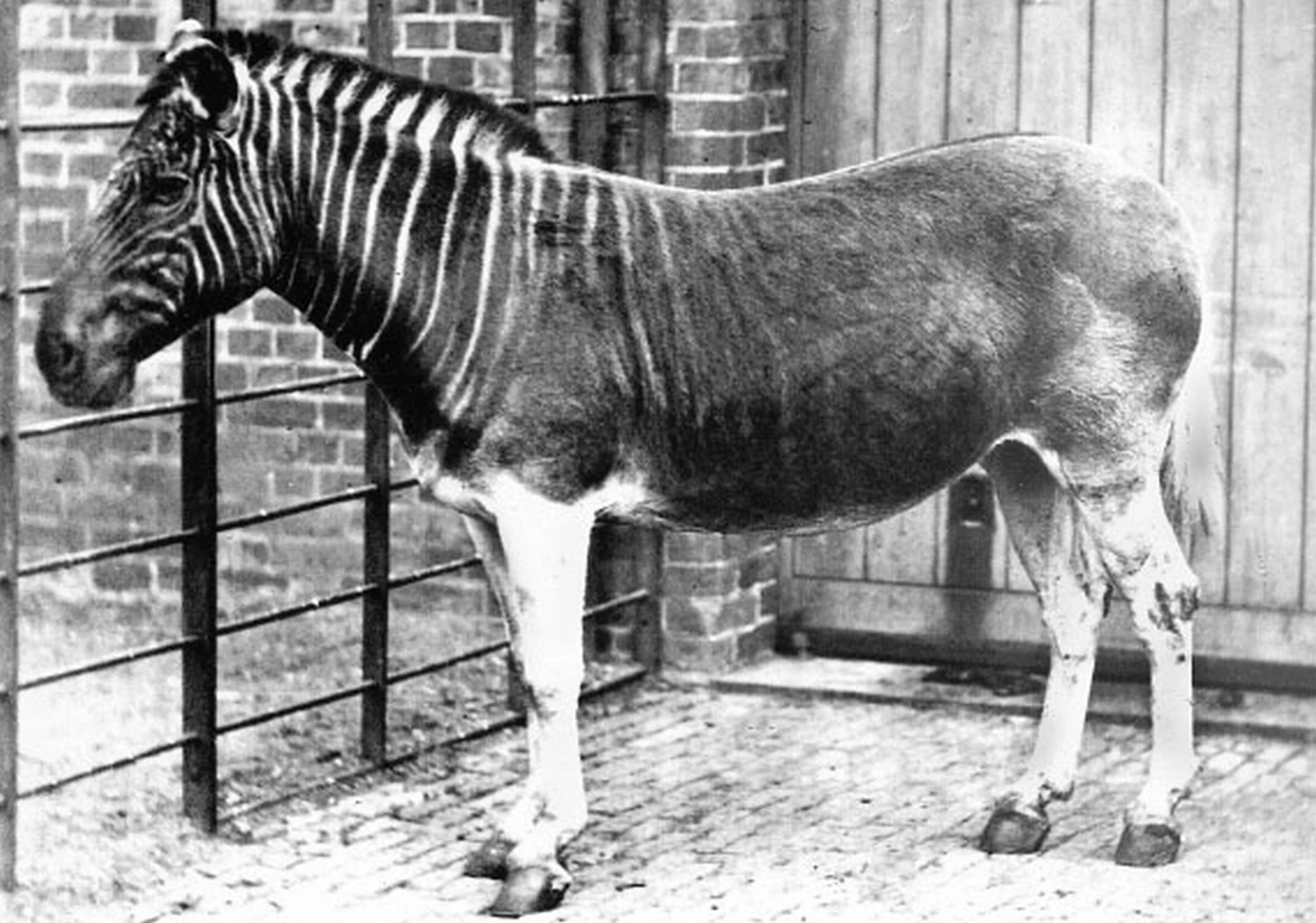
Quagga
The Quagga, a subspecies of the Plains Zebra, once inhabited the grasslands of South Africa. With its distinctive coat patterned with stripes on the front half of its body and brown on the rear, the Quagga was relentlessly hunted by European settlers who perceived it as a threat to livestock grazing. The last wild Quagga was shot in the late 19th century, and the last captive specimen died in Amsterdam’s Artis Magistra zoo in 1883, marking the extinction of a unique and beautiful animal.
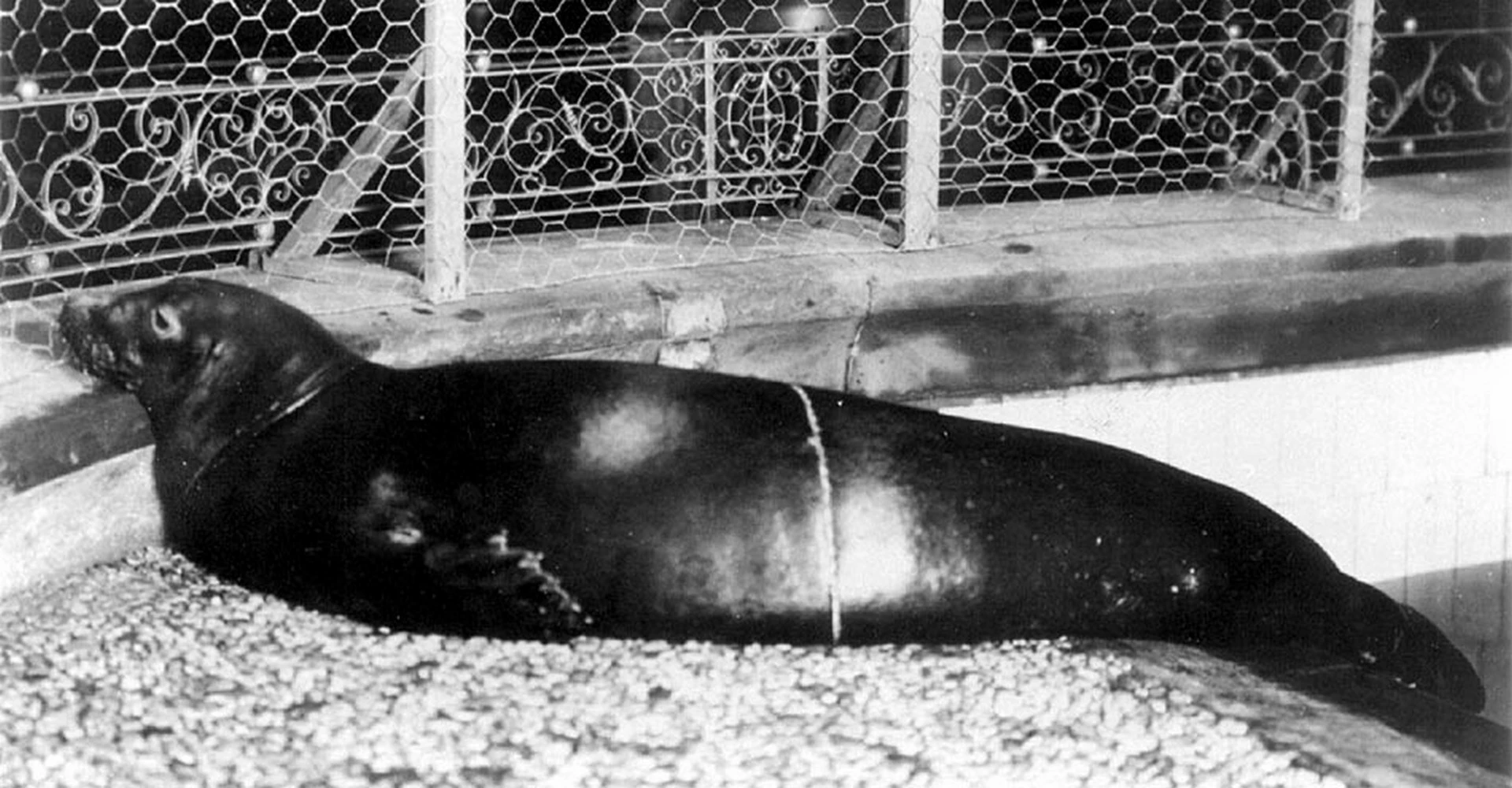
Caribbean Monk Seal
The Caribbean Monk Seal, native to the warm waters of the Caribbean Sea and Gulf of Mexico, was the only seal species to inhabit the Caribbean region. Hunted extensively for its oil-rich blubber and persecuted by fishermen who viewed it as competition for fish stocks, the Caribbean Monk Seal rapidly declined in the 20th century. The last confirmed sighting occurred in 1952, and the species was declared extinct in 2008, highlighting the tragic consequences of human exploitation of marine ecosystems.
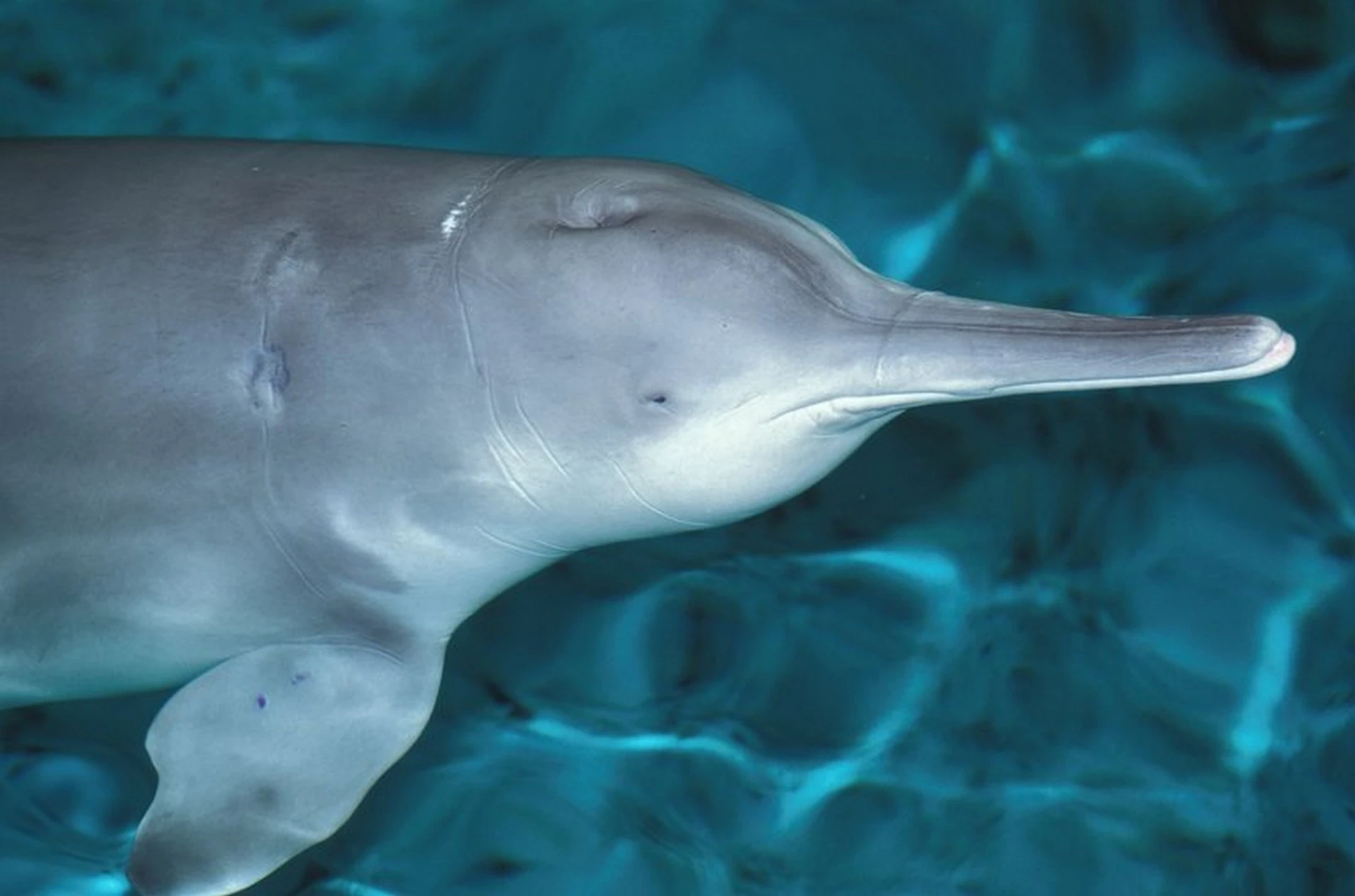
Baiji Dolphin
The Baiji Dolphin, also known as the Yangtze River Dolphin or Chinese River Dolphin, was once endemic to the Yangtze River in China. With its distinct long, narrow snout and rounded forehead, the Baiji Dolphin was revered as the “Goddess of the Yangtze” in Chinese folklore. However, industrial pollution, habitat degradation, and overfishing decimated the population, leading to its functional extinction by the early 21st century. Despite extensive conservation efforts, including expeditions to locate remaining individuals, the Baiji Dolphin is now considered functionally extinct, serving as a poignant reminder of the urgent need for habitat conservation and environmental stewardship.
Learn More!
As we reflect on these tragic losses, it’s essential to remember that the fate of endangered species hangs in the balance. By raising awareness, supporting conservation efforts, and advocating for stronger environmental protections, we can strive to prevent future extinctions and safeguard the rich tapestry of life on our planet.
Explore more fascinating articles about animals and conservation efforts. Learn about the incredible dogs that have broken world records, uncover the secret lives of elephants, delve into the history of the iconic dodo birds, and discover how cats have influenced art throughout the ages. Each article offers insights into the diverse and captivating world of animals, highlighting the importance of preserving our natural heritage for future generations.
F. A. Q. about Animals That Have Gone Extinct
What animals are gone extinct?
Several animals have gone extinct due to various factors such as habitat loss, overhunting, and climate change. Some notable examples include the Tasmanian Tiger, Passenger Pigeon, and Baiji Dolphin.
What animals are endangered of extinction?
Many animals are currently endangered, facing threats to their survival. Species such as the Sumatran Tiger, Amur Leopard, and Vaquita are critically endangered and at risk of extinction without immediate conservation interventions.
How many animals are extinct?
The exact number of extinct species is difficult to determine, but it is estimated that thousands of species have gone extinct in recent centuries, with many more facing the threat of extinction.
How many animals will go extinct in the next 100 years?
Predicting the exact number of future extinctions is challenging, but scientists warn that current rates of species loss are unprecedented and could lead to a mass extinction event. Without concerted conservation efforts, numerous species may face extinction in the coming century.
How many animals go extinct every day?
The rate of species extinction varies, but experts estimate that species are currently going extinct at a rate between 100 and 1,000 times higher than the natural background extinction rate, with some studies suggesting that dozens of species go extinct every day due to human activities.


